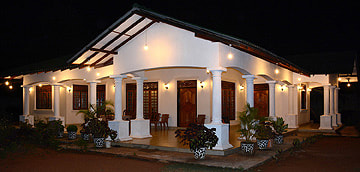|
The Meetiyagoda moonstone mine is situated in the hinterland of Sri Lanka's southwestern beach resorts Hikkaduwa and Ambalangoda. A visit is also easily managable as a half-day excursion from other coastal towns between Galle in the south and Bentota or Beruwela in the north. Actually, trips to Meetiyagoda, also combined with otherr nearby destinations such as Madhu Ganga wetlands are quite popular with holiday makers who spend some days or weeks in beach resorts of this region. Guided tours in Meetiyagoda include a short walk to the shaft of the mine, where you can also study the filtering process, and then to the workshop and showrooms. You can study the filtering. The promotion slogan "the world's only moonstone mine" is a little bit misleading. Moonstones are found on all continents. The classic finding place in ancient Europe was the area of St. Gotthard in Switzerland. Today, Europe's richest moonstone mines are in Poland and Scandinavia. Most moonstones are from Mynamar and India. But Sri Lanka's moonstone - mostly from Meetiyagoda - have a reputation of being among the finest, although the quality of the finds has been decreasing for several years. Myanmar's and Sri Lanka's moonstones are those of the highest value due to their uniquely intense blue sheen. But the blue-shining moonstones have become even rarer in Myanmar than in Sri Lanka in recent decades. This is why claiming to be the world's only moonstone mine has some justification, as Meetiyagoda is the only remaining mine for moonstones with the highly attractive blue sheen.
1 Comment
a less-kown large excavation site in the Deep South of Sri Lanka - not far from Tangalle Though it is situated at the A18 main road, which is connecting the southern beach resorts such as Tangalle and Kirinda with the "elephant national park" Udawalawe and the "gem city" Ratnapura, the Rambha Viharaya (also transcribed "Ramba Vihara") is rarely visited by foreign travellers. To be honest, this archaeological site is not as amazing as the nearby rock and cave temple of Mulgirigala. And Situlpawwa in the Yala area might earn the fame of being a more fascinating ancient site, just due to its environmental settings. However the Rambha Viharaya is one of the largest excavated temple complexes in the southern plains of Sri Lanka, although not many Sri Lankans and foreign guests seem to be aware of this fact. What is now called the Rambha Viharaya once served as the main monastery of an ancient city named Mahanagakula, which was an important trading center in antiquity and became the capital of Sri Lanka's Deep South during the Polonnaruwa period. Even the nation's famous Tooth Relic is said to have been kept here for a while during the period of Indian Chola hegemony over the northern half of the island. The reputation of the "banana monastery" - which actually the literal meaning of "Rambha Viharaya" - remained to be far-reaching after the Polonnaruwa period, when even monks from Myanmar's world-famous temple-town Bagan sought advice from the monks residing here in southern Sri Lanka.
The ruins of the Barandi Kovil in a suburb of Seethawaka (formerly known as Avissawella) are rarely visited by foreigners, though many travel along the close-by main road from Kitulgala to the coast. To be honest, what can be seen of the former state temple of the 16th century is not quite imposing. However, the Barandi Kovil archaeological site is worth a short break, as the location is quite charming and the temple is of some historical significance, as it was the main building of the former Seethawaka kingdom, which was the most important principality of the island in the second half of the 16th century. Furthermore, this is the only major state temple of a Sri Lankan monarchy that was dedicated to Shiva and thereby Hindu instead of Buddhist. Actually, Hinduism seems to have replaced Buddhism as the Sinhalese state religion in the Seethwaka period. This is the reason why the Seethawaka kingdom, though the major proponent of Sinhalese independence against Portuguese overlordship, has not a good reputation in Buddhist historiography.
Learn more about the Barandi Kovil of Seethwaka here... Visit "Little World's End" and "Big World's End" of Horton Plains...
...when you are on tour with me in Sri Lanka and if you are fascinated by either biodiversity hotspots or large deer or scenic beauty or waterfalls... or all of it, to be seen on a half-day hiking tour. The original Sinhala name of Horton Plains is Maha Eliya, which translates to "Great Plains". The name refers to the open grassland areas within the montane cloud forest situated in an elevation of more than 2000 m above sea level. Did you know that Horton Plains - the escarpments of which are called "World's End" - is the only place on our tropical island that is both a National Park and a World Heritage Site? |
AuthorNuwan Chinthaka Gajanayaka, Categories
All
Archives
June 2020
Buddhism A-Z
|
|
Find a list of 270 Sri Lanka travel destinations & attractions: CLICK HERE Our illustrated list of places of interest is sorted by travel regions, more precisely: by 22 most recommendable places for overnight stays. All 270 sights are within day-trip distance from one of those 22 major locations. (Please understand: Loading 270 images requires more seconds than usual.) |
Why travel with Lanka Excursions Holidays?
+ We are a local agency owned and run by Sri Lankans, not part of international holdings
+ We are well known for our direct and personal relationships with travellers
+ We facilitate authentic meetings with locals who are not from the tourism sector
+ We follow a strict policy not to push guests to visit shops and shops and shops
+ We have an unrivalled expertise to show you places off the beaten path
+ We provide genuine information instead of clichés and tourism industry slogans
+ We are a local agency owned and run by Sri Lankans, not part of international holdings
+ We are well known for our direct and personal relationships with travellers
+ We facilitate authentic meetings with locals who are not from the tourism sector
+ We follow a strict policy not to push guests to visit shops and shops and shops
+ We have an unrivalled expertise to show you places off the beaten path
+ We provide genuine information instead of clichés and tourism industry slogans
Our ambition is to provide high-quality information in preparation of your Sri Lanka holidays
... and even more superb travel experiences
... and even more superb travel experiences
we also run our own guesthouse near Anuradhapura:
First House Mihintale
87, Missaka Mawatha, Mihintale 50300, Sri Lanka.
0094 71 6097795
87, Missaka Mawatha, Mihintale 50300, Sri Lanka.
0094 71 6097795
|
Lanka Excursions Holidays
Registration Number SLTDA/SQA/TA/02179
255/24, "Green Park" Dawatagahawatta, Thimbirigaskatuwa, Mahahunupitiya East, Negombo, Sri Lanka
Office: +94 31 223 991 Hotline: +94 71 6097795 [email protected] Lanka Excursions Holidays office hours 8.00 to 6.00 p.m. daily (except from June Fullmoon Day)
|
if not stated otherwise, texts and photos provided by Ernst A. Sundermann, sales manager of Lanka Excursions Holidays
all rights reserved, © 2016 Lanka Excursion Holidays
all rights reserved, © 2016 Lanka Excursion Holidays
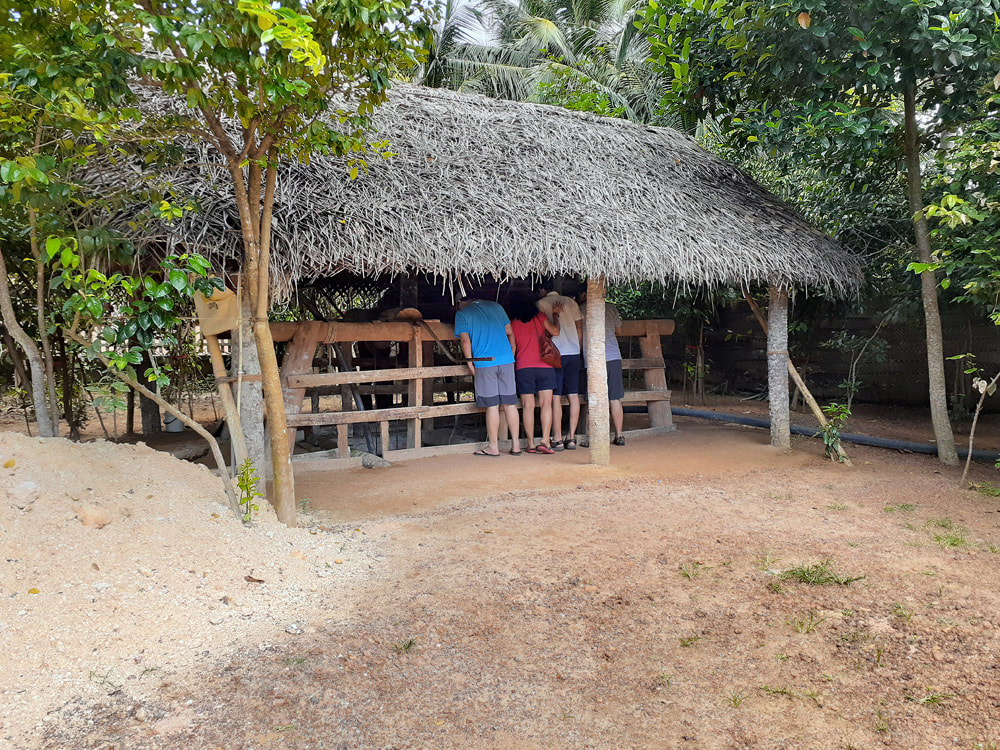
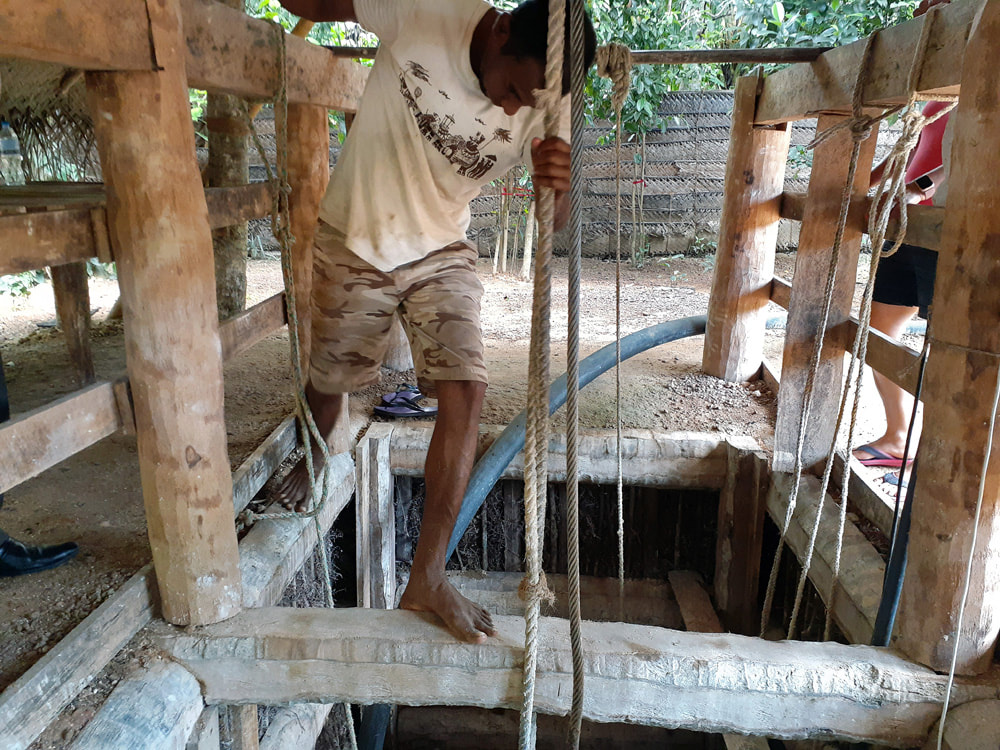
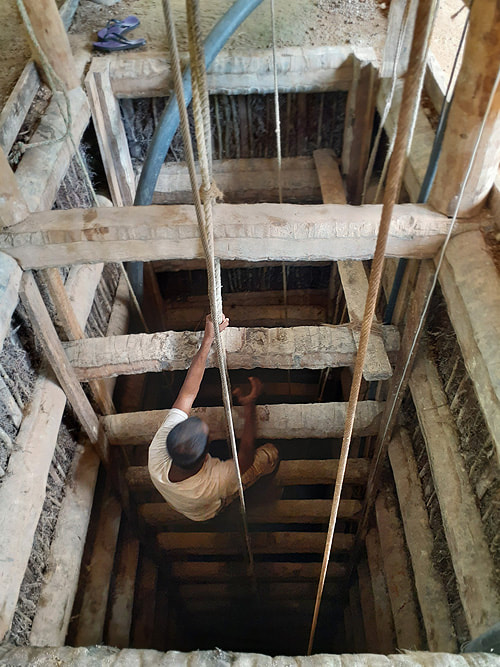
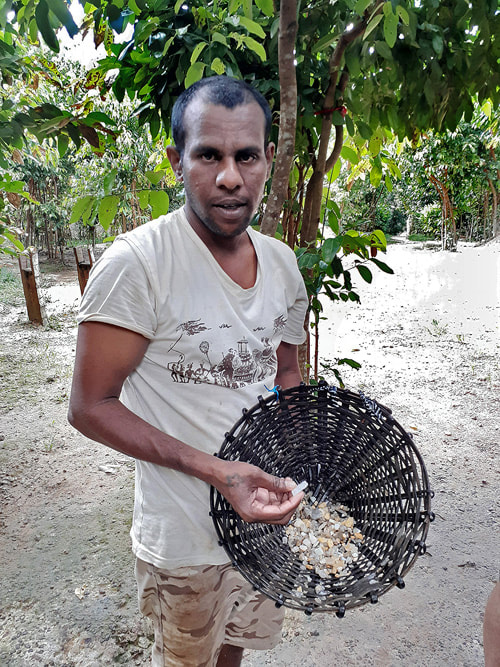
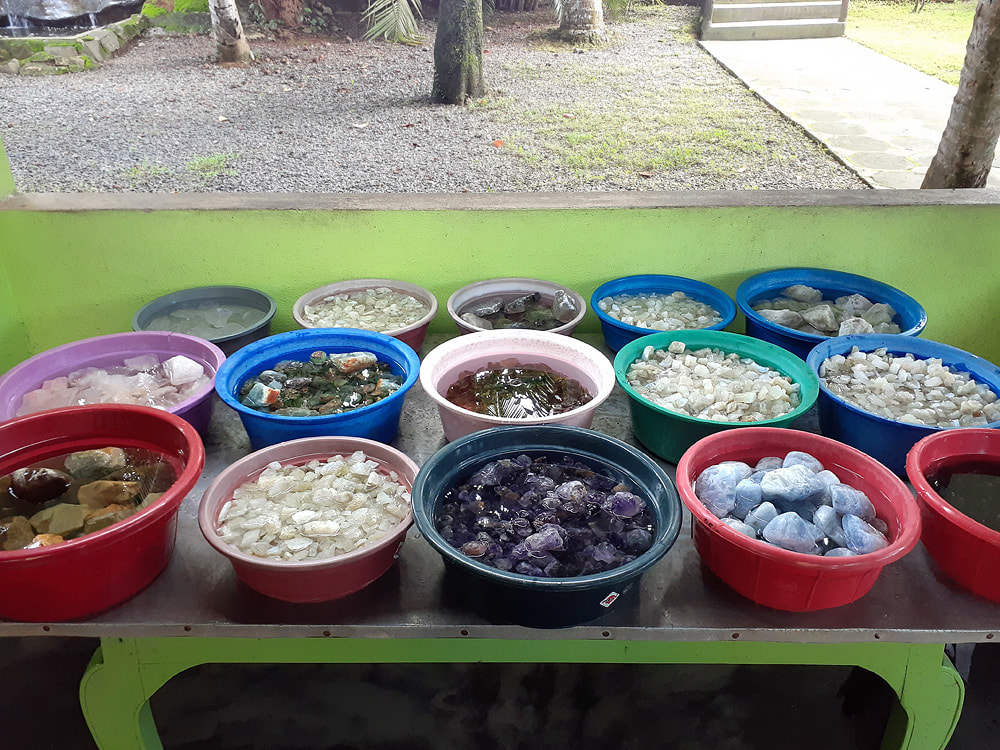
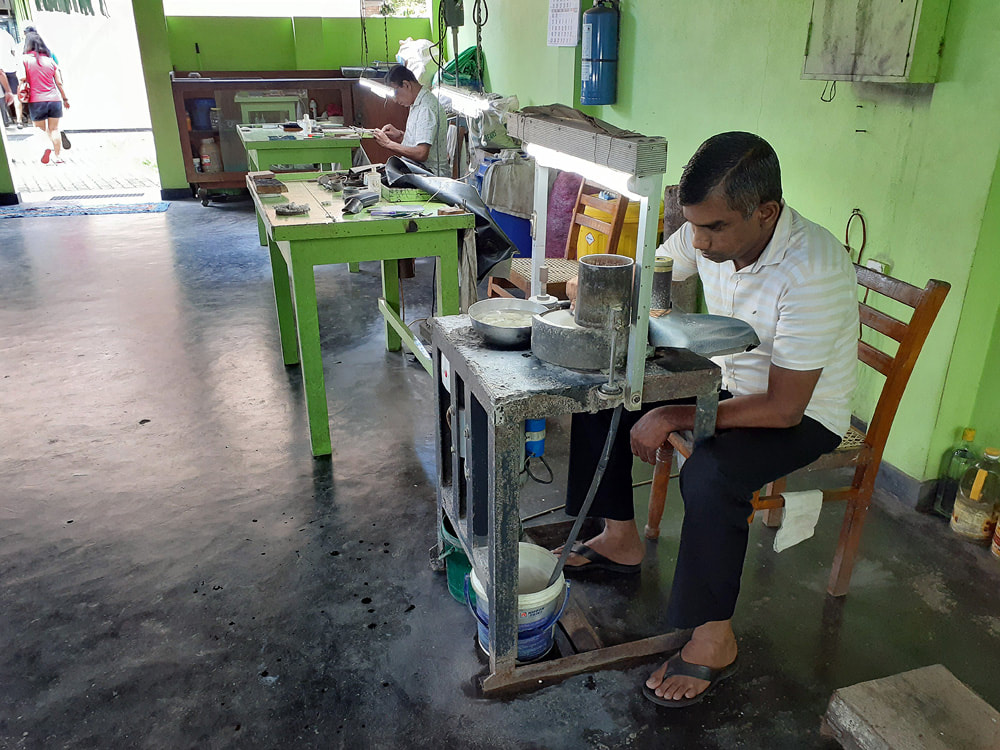
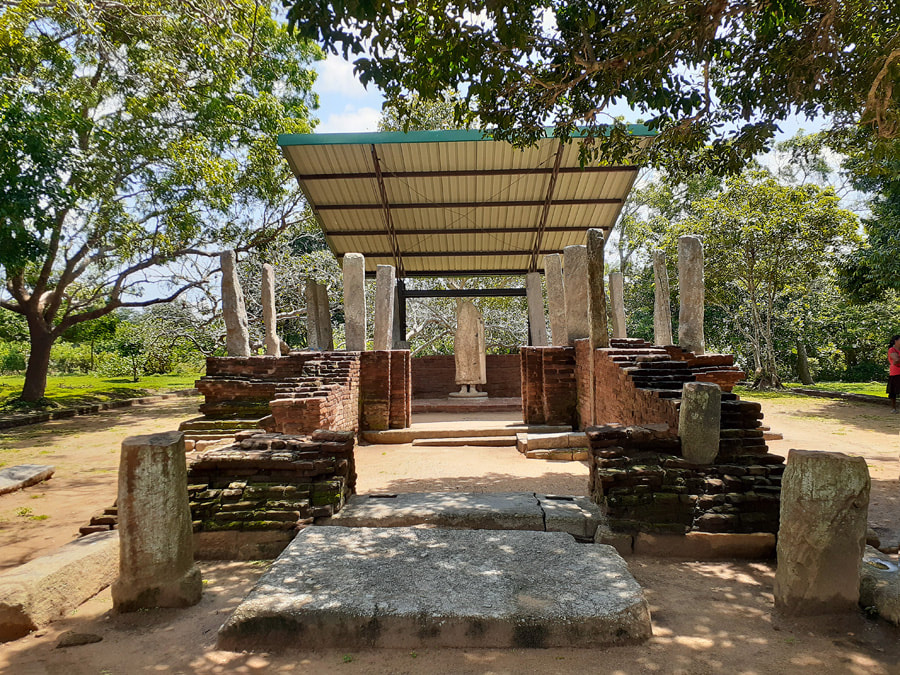
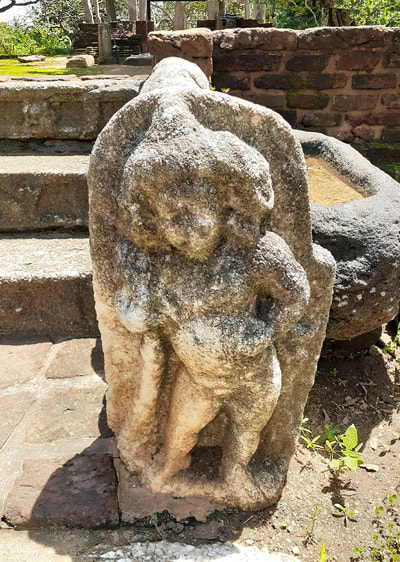
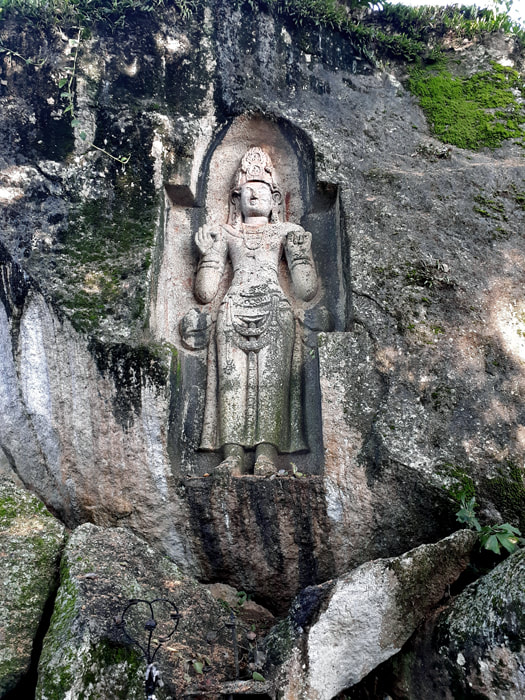
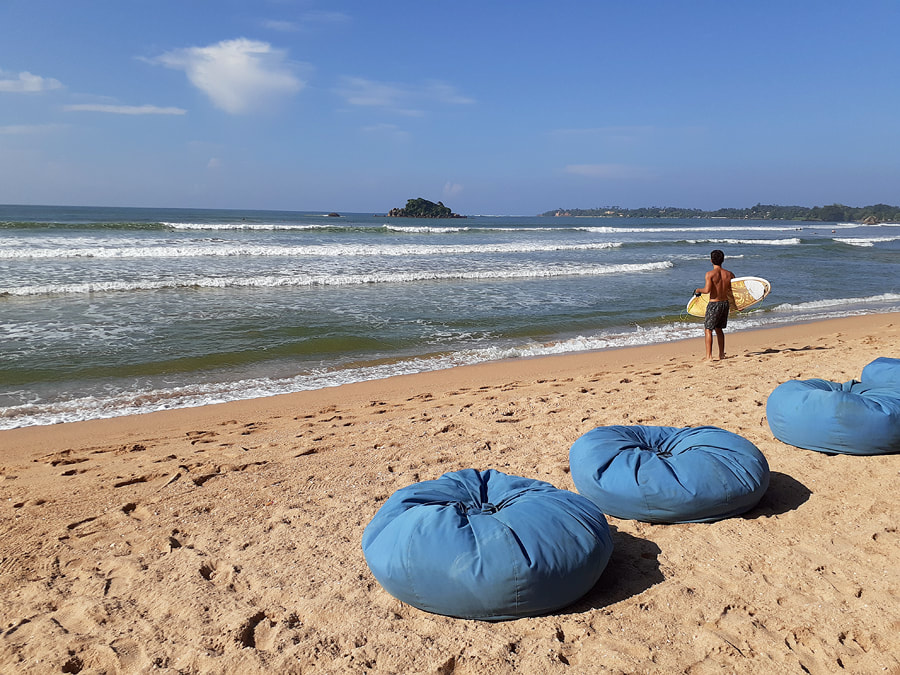
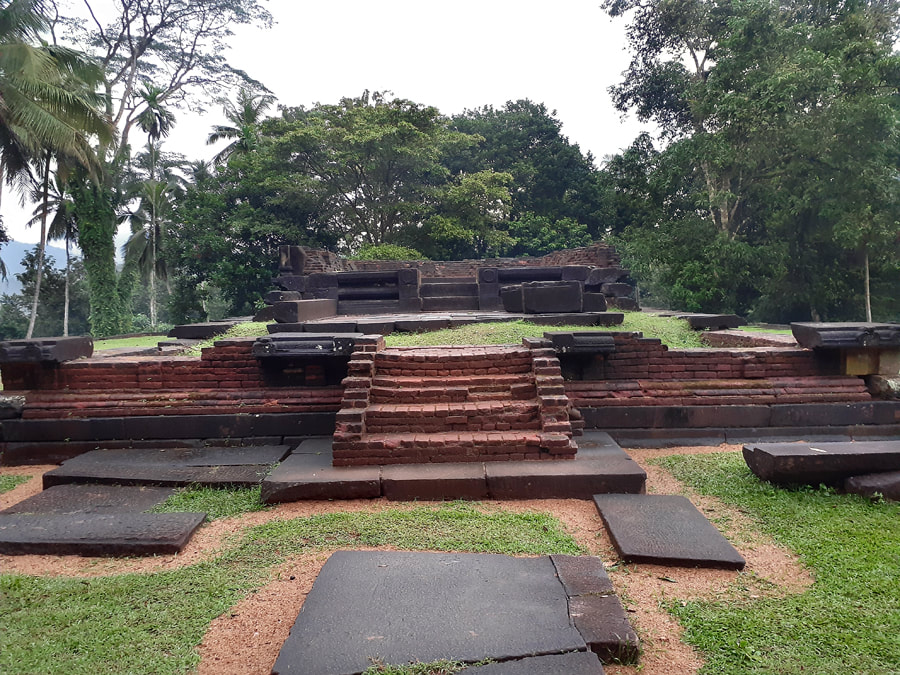
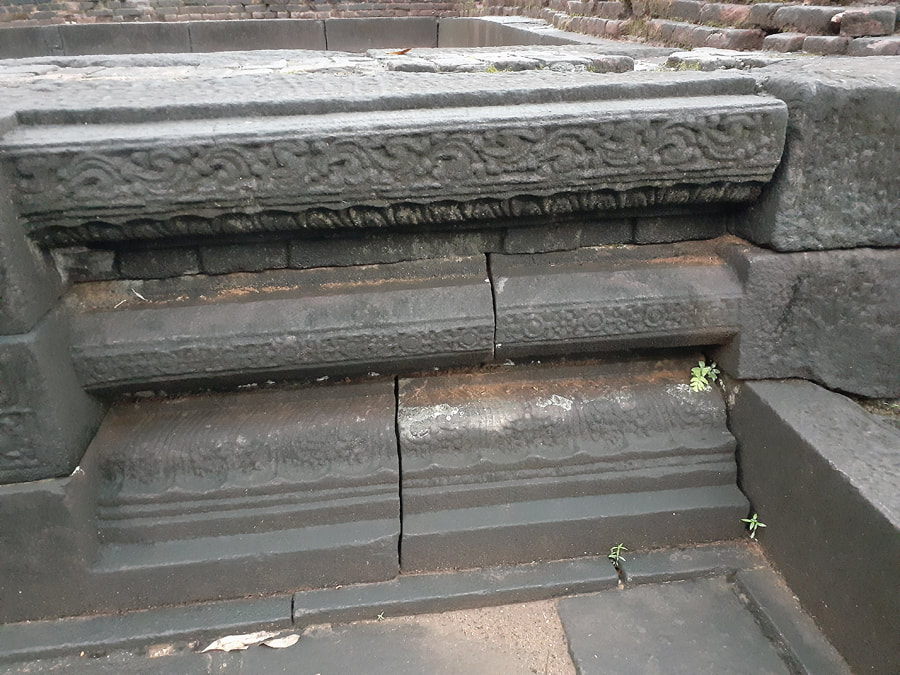
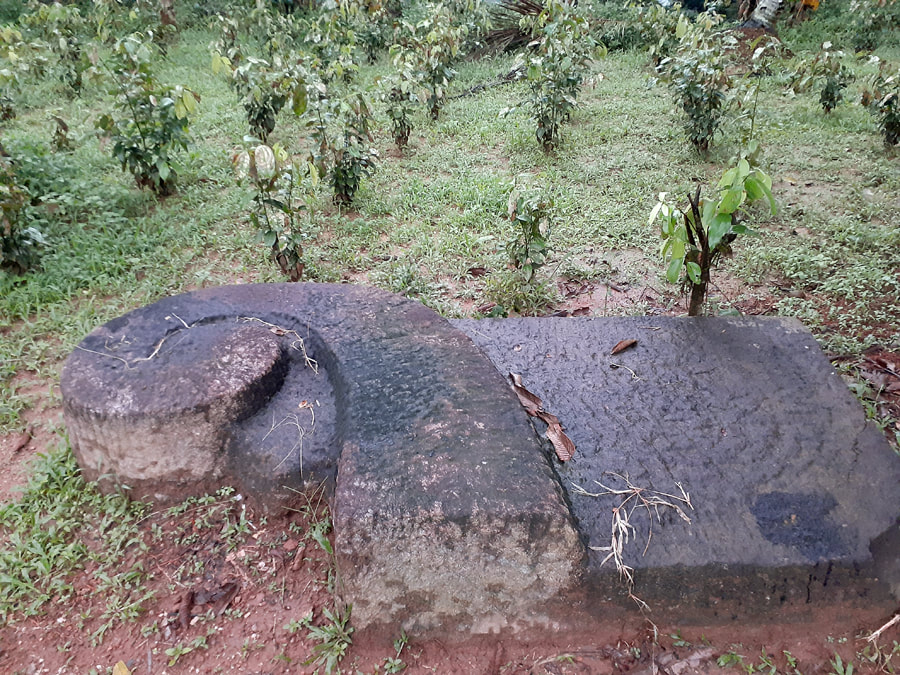
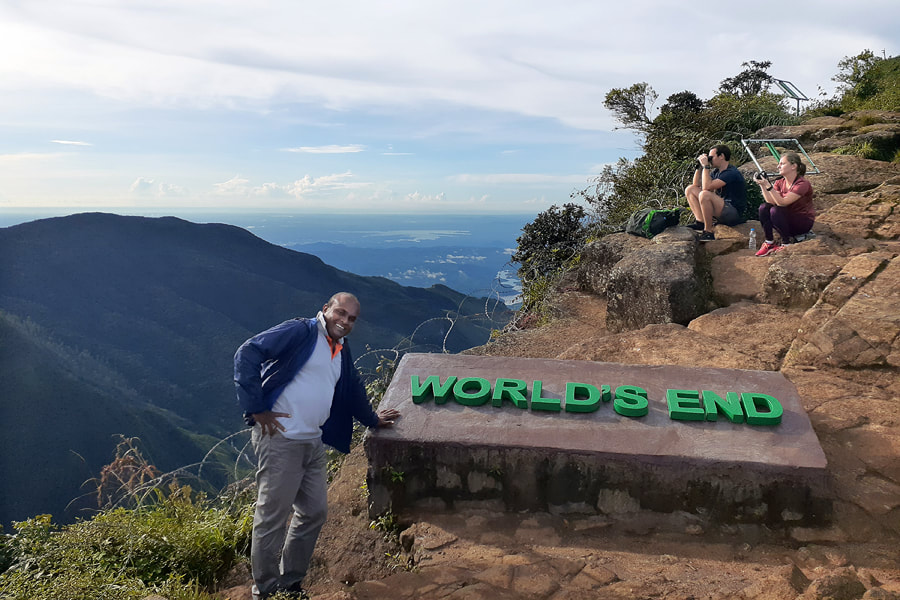
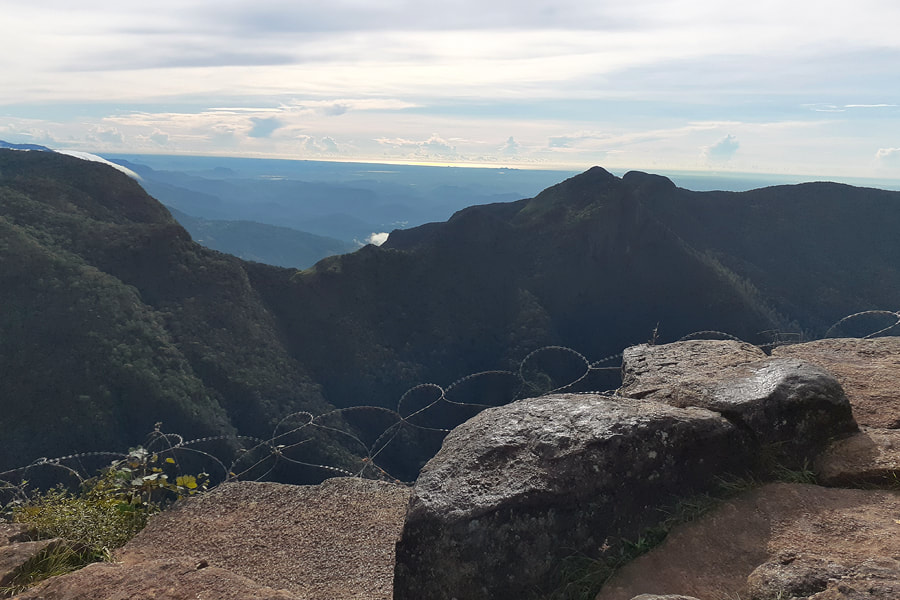
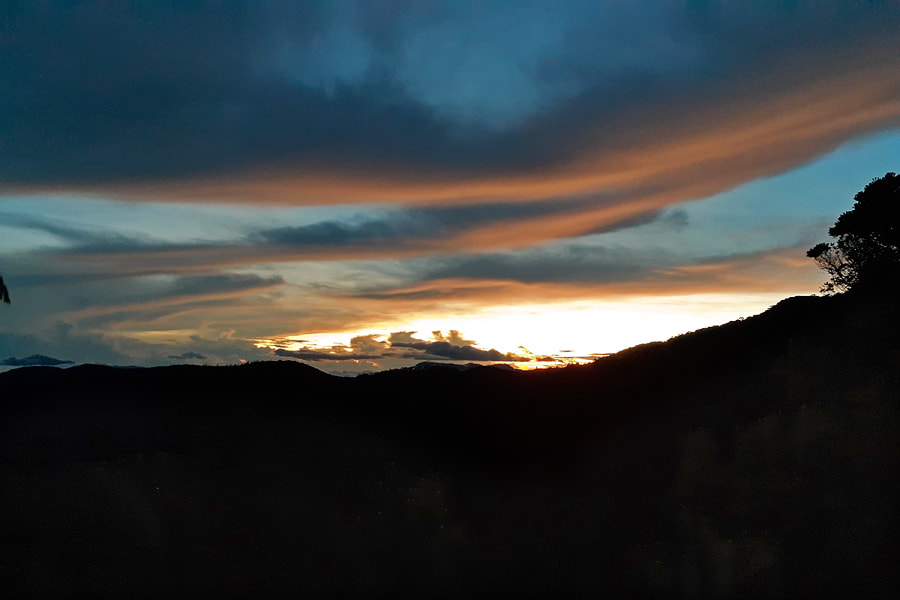
 RSS Feed
RSS Feed
